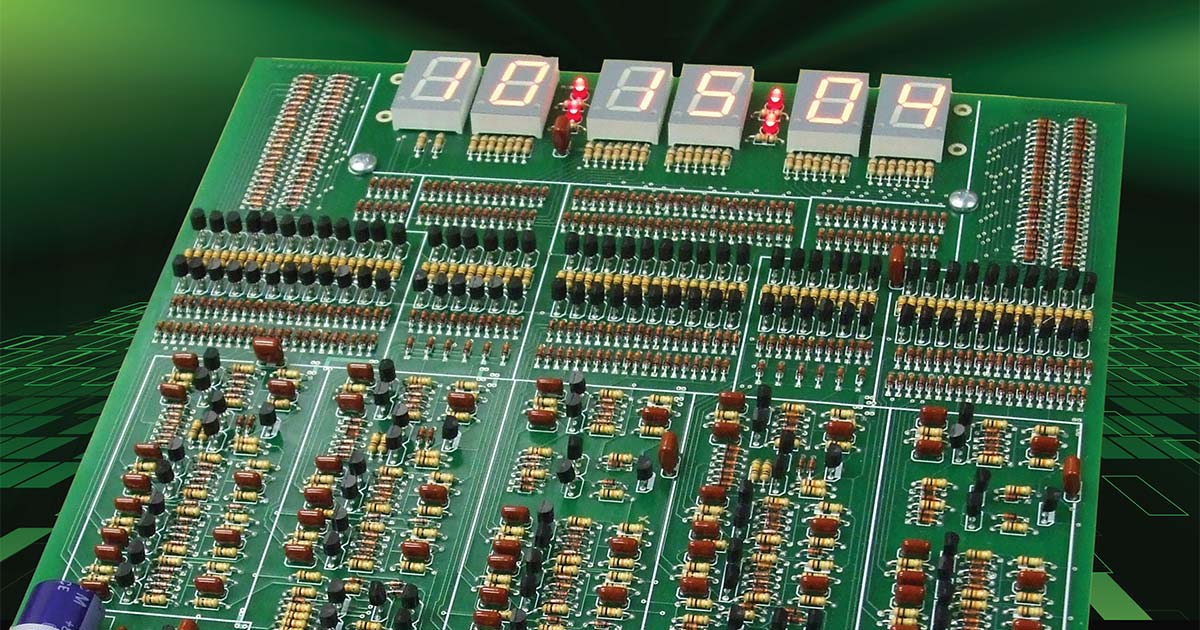I want to make cheap wifi digital clock. I plan to use MAX7219 led matrix(it is cheap, big enough and bright), atmega328 and esp8266. I don't like esp8266 because it requires firmware blobs or esp-open-sdk that is very hard to build and setup it requires legacy libraries, I want it to be maximum open source friendly. I wrote firmware draft for atmega328 that recieves text by UART and scroll it on LED matrix. Atmega328 also reads time from RTC clock chip and show it. I would like to have the function of sending any text message to this clock. Curently I use modified marqee scroller clock firmware(https://github.com/Qrome/marquee-scroller) for ESP8266(ESP sends text by UART to Atmega328) it is under MIT license as I understand It is possible to use even in commercial purposes, but I plan rewrite it. I plan to power it from maybe usb-c port connector. All my firmwares will be open source. Is this a good plan or a crazy one? 
Tell me how would you make such a device? Which chips would you use?
Basic requirements:
--The most open SDK as in avr-gcc. And preferably the same ease of use.
--Cheap components.
--Preferably Wi-fi.
--It is undesirable to use the Arduino IDE, it is better to use pure C/C++ with Makefiles.
Which interfaces should I output separately on the circuit for debugging or in-circuit firmware flashing of microcontrollers?
Main function is show time and recieve any text from wifi and scroll it.
Sorry for the large amount of text and a bunch of questions.

Tell me how would you make such a device? Which chips would you use?
Basic requirements:
--The most open SDK as in avr-gcc. And preferably the same ease of use.
--Cheap components.
--Preferably Wi-fi.
--It is undesirable to use the Arduino IDE, it is better to use pure C/C++ with Makefiles.
Which interfaces should I output separately on the circuit for debugging or in-circuit firmware flashing of microcontrollers?
Main function is show time and recieve any text from wifi and scroll it.
Sorry for the large amount of text and a bunch of questions.

